In 1995, Mr. Hung Xuan Thanh (currently Secretary of the Party Cell of Cu Te village, Cu Pui commune) and 39 H'Mong households left Hoang Su Phi district (Ha Giang province) to find a new land with one thought in mind: Go to the Central Highlands to have a life without hunger and poverty.
The first stop was Ea Rot village (Cu Pui commune), but they were not allowed to reclaim land, so the households continued to move past the Ea Lang mountain range to the area bordering the Krong Bong river (in Khanh hamlet, Cu Pui commune). With the guidance of the local people, they set up makeshift tents and cleared land for farming. Since then, together with the H'Mong ethnic community in the two villages of Ea Rot and Ea Bar, Cu Pui commune has had a new place for the H'Mong people to live, Ea Lang village.
 |
| The land for building Cu Pui Secondary School in Ea Lang village (Cu Pui commune) was purchased with money contributed by the H'Mong people. |
Mr. Thanh recalls: "Life in the early years was extremely difficult. We relied on corn and cassava. Every harvest season, we brought corn and cassava to the commune market to exchange for rice and food. The land used to grow cassava became depleted with each crop, so people abandoned their land to reclaim the forest. Many people thought they would have to give up. What we wanted most at that time was not to be hungry, not to have to abandon our land and go again."
Gradually, the Hmong people in Ea Lang village learned how to grow coffee, cashew, etc., the main crops of the local ethnic minorities. With the support of the People's Committee of Cu Pui commune, the degraded land that used to grow cassava was renovated to change the crop structure.
In 2006, the Hmong people migrated to Ea Lang village in increasing numbers. The project to settle the free migrants was carried out with 500 Hmong households and divided Ea Lang village into 4 villages (Ea Lang, Ea Uol, Cu Te, Cu Rang). Although they had settled down, the Hmong people only struggled with farming, worrying about food and clothing, and almost "forgot" about their children's education. Without schools, without classes, the children grew up in the middle of the forest without knowing how to read or write.
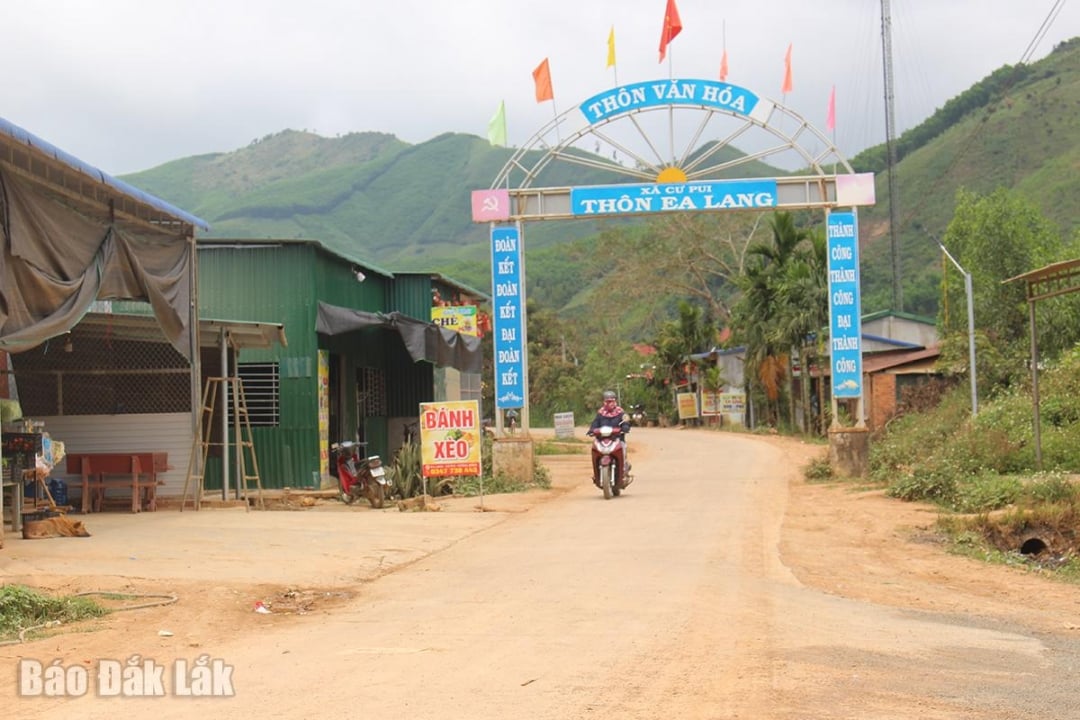 |
| Ea Lang village (Cu Pui commune, Krong Bong district) today. |
When the economy was stable, the people were interested in the cause of "cultivating people", finding ways to overcome difficulties. Accordingly, each family in the village voluntarily contributed 5,000 VND to buy land, then contributed labor to build the school, and the state assigned teachers to stay in the village. "At that time, everyone was of one mind. If we didn't have money, we would contribute our working days, some people even sold their cows to contribute to the fund to buy land to build the school," Mr. Thanh confided.
Thanks to the joint efforts and consensus, the first classrooms were built. From a few simple classrooms, now in the 6 villages of Ea Lang, Cu Te, Cu Rang, Ea Uol, Ea Bar, Ea Rot, there is a spacious school system from kindergarten to junior high school. There is no longer a scene of children following their parents to the fields or dropping out of school. Many students who have completed the general education program have continued to study at secondary, college, and university levels.
Along with education, local authorities also support people with loans and provide guidance on farming techniques to develop production. Many households have switched to growing acacia, pineapple, and coffee intercropped with fruit trees to increase income. Concrete roads have also gradually replaced trails, making travel and trade more convenient.
There are no longer makeshift wooden houses, many families have built solid houses with electricity, clean water, and internet. Growing up, children no longer only know how to farm, but also study and access technology. Unlike their fathers, the young generation of H'Mong people born in Cu Pui no longer carry the memory of migration; the aspirations of the young generation do not stop at "having food and clothes" but rather to escape poverty sustainably and develop the village.
The young couple Chau Seo Su (born in 1995) and Giang Thi Tong (born in 1998) graduated from Dak Lak Secondary School and decided to return to Cu Pui commune to start a business. They boldly invested nearly 2 billion VND (including 500 million VND borrowed from the bank) to open a complex of food and sports services in Ea Lang village. "Currently, my wife and I's business is starting to make a profit, and we have paid off 50% of the bank debt. We also plan to buy a truck to open a transportation service if we have enough money," Mr. Su shared.
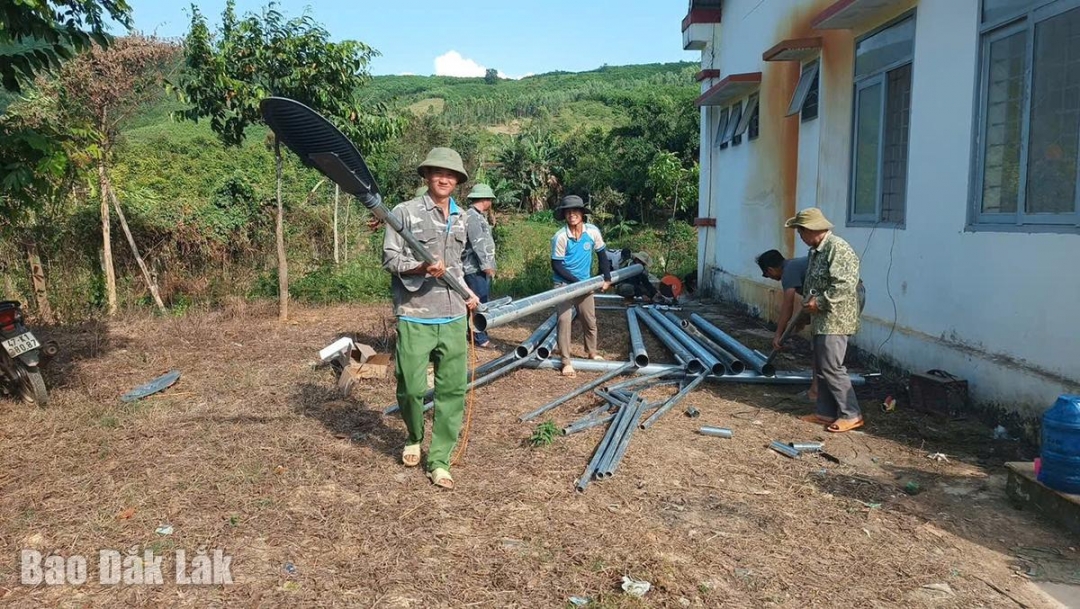 |
| Ea Lang villagers support union members and youth to carry out the project "Lighting up the countryside roads" on the inter-village road Ea Lang - Ea Uol. |
The family of Mr. Chang Seo Long (born in 1992, in Cu Te village) has more than 9 hectares of agricultural land growing acacia and coffee. To change the old way of farming, Mr. Long bought a plow, a dryer, invested in an irrigation system for the coffee garden... Thanks to that, in the past two years, Mr. Long's family has become one of the millionaires in the village with an income of 100 - 200 million VND/year.
Although they have taken root in the Central Highlands, in the spiritual life of the H'Mong people, their old homeland in the northern mountainous region is always present in stories around the fire, the Senh Tien dance, the bustling sound of the Khen every festival, Tet... and even in cultural and sports activities organized by the local government. Integrating into the community of 13 ethnic groups living together in Cu Pui, the H'Mong people from the mountainous region of Ha Giang have contributed to creating a colorful cultural picture here.
After nearly three decades of attachment to the new land, the difficulties of the early days have now receded, but the journey of the H'Mong people in Cu Pui has not stopped. There are still dreams and ambitions to be nurtured. And so in the development history of the H'Mong community in Cu Pui commune, there will be more stories about the spirit of overcoming difficulties, about examples of sticking to the land and the village to build a new life of warmth and prosperity.
Source: https://baodaklak.vn/xa-hoi/202503/suc-song-moi-tren-vung-dat-kho-c54148c/







![[Photo] Visiting Cu Chi Tunnels - a heroic underground feat](https://vstatic.vietnam.vn/vietnam/resource/IMAGE/2025/4/8/06cb489403514b878768dd7262daba0b)



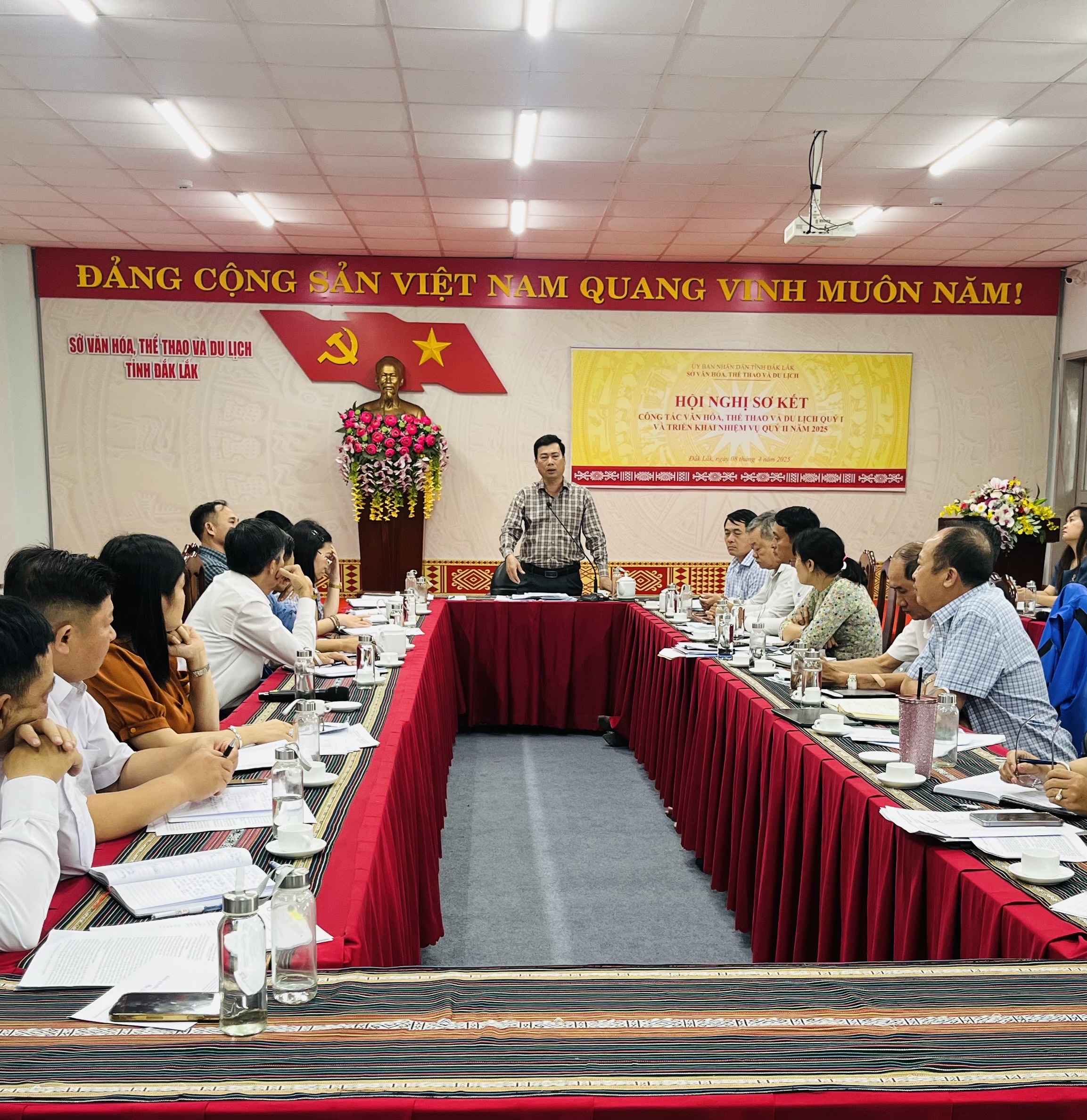
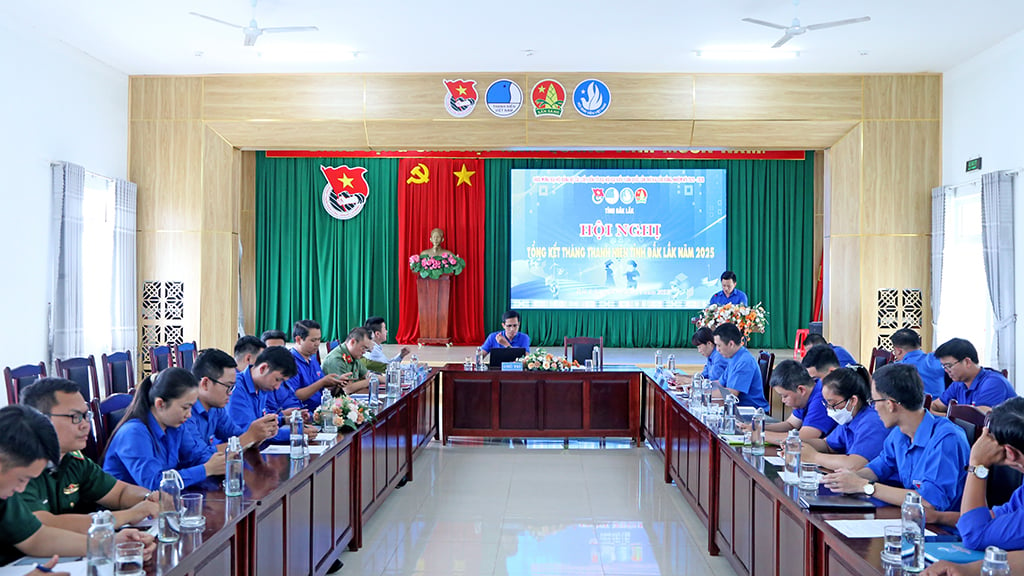
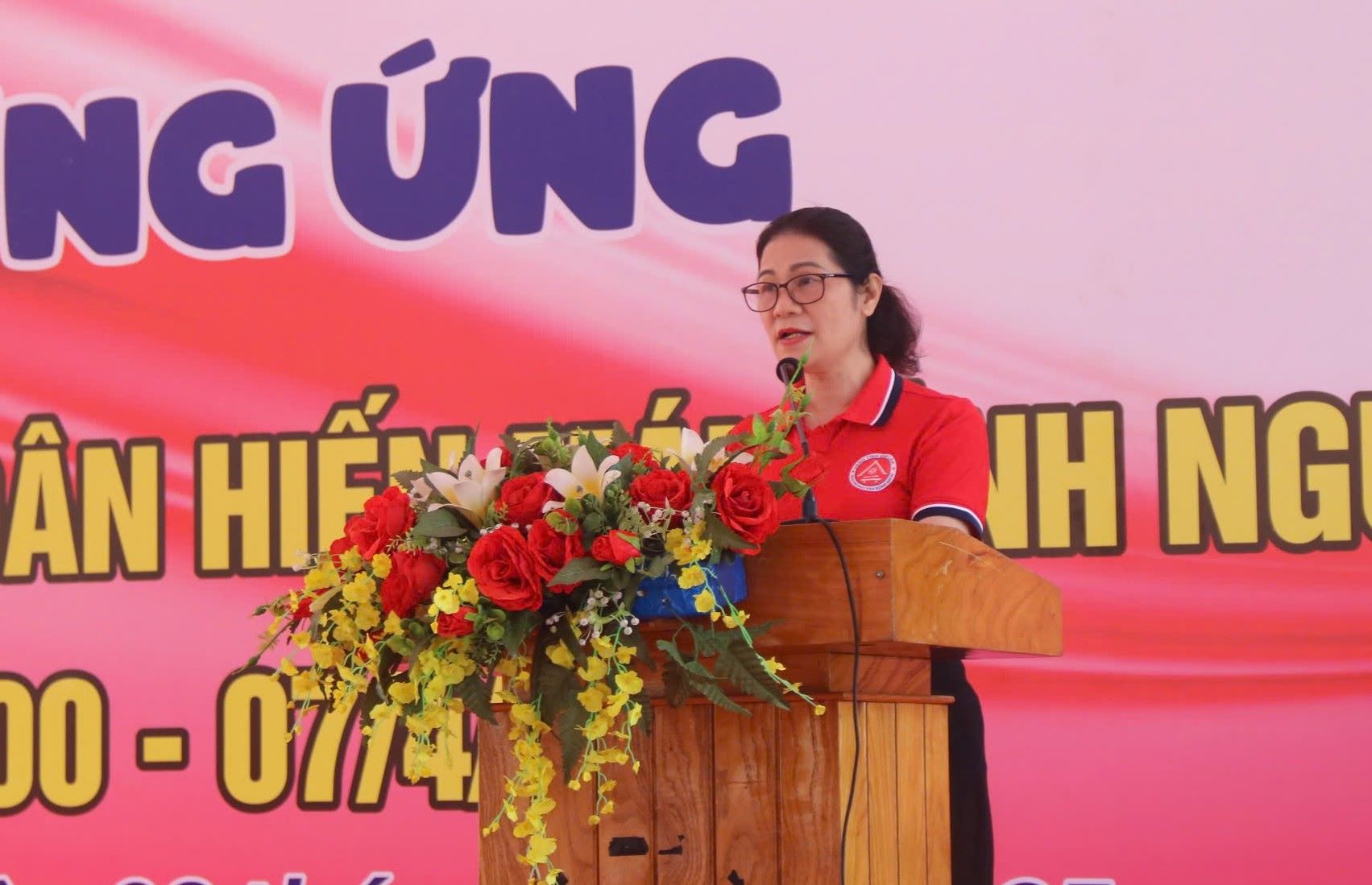



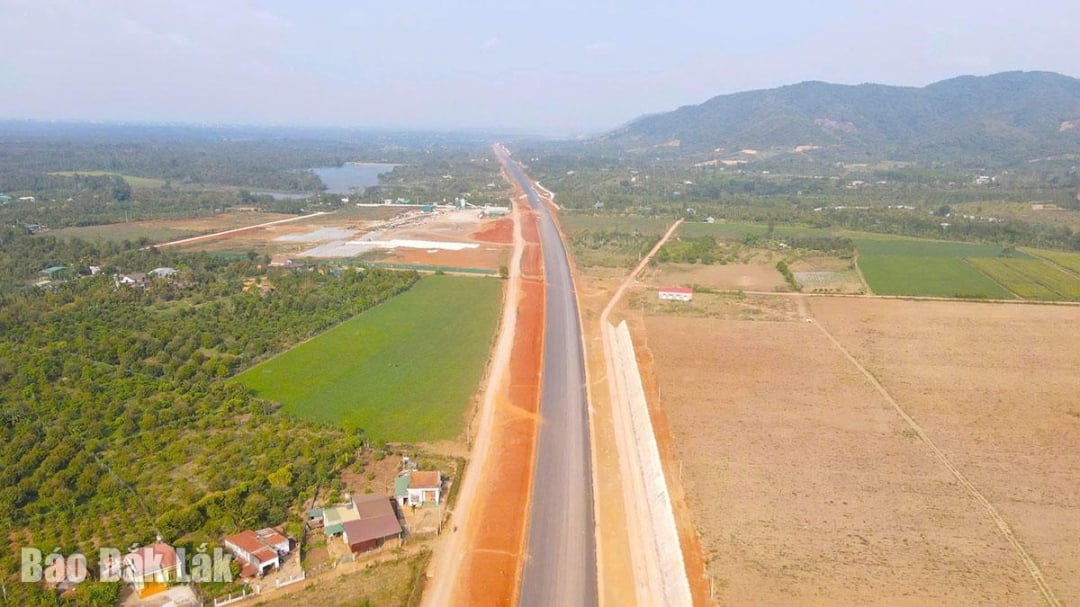
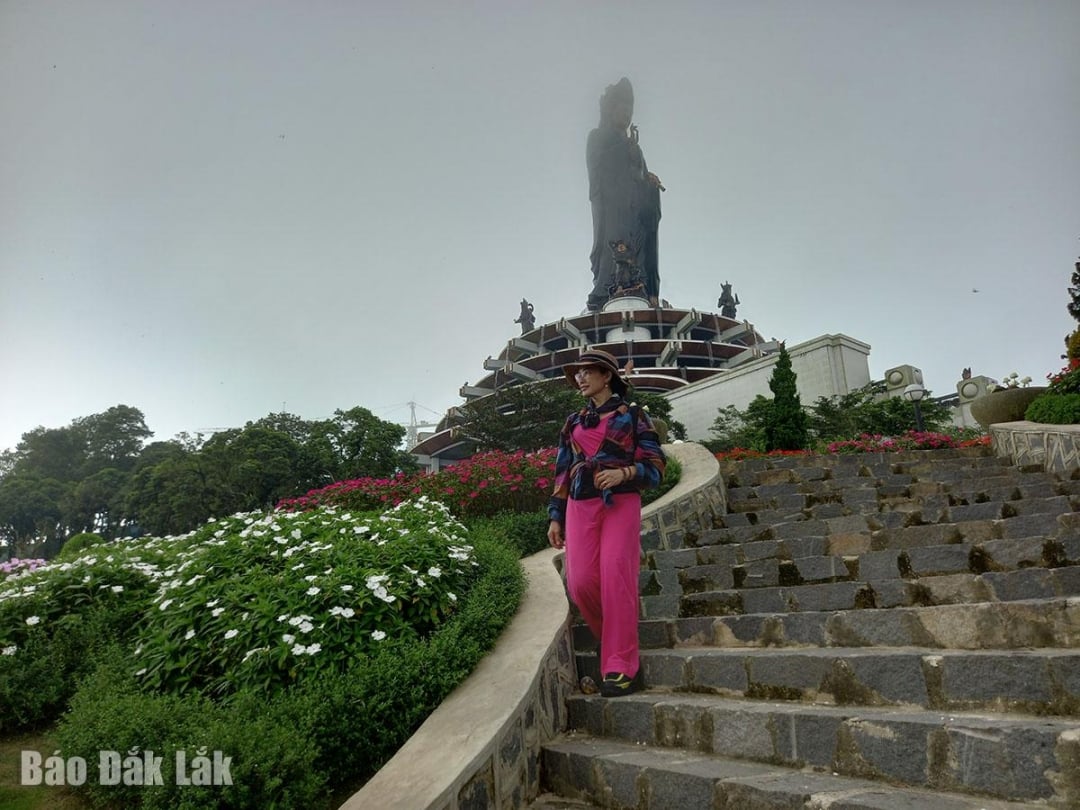
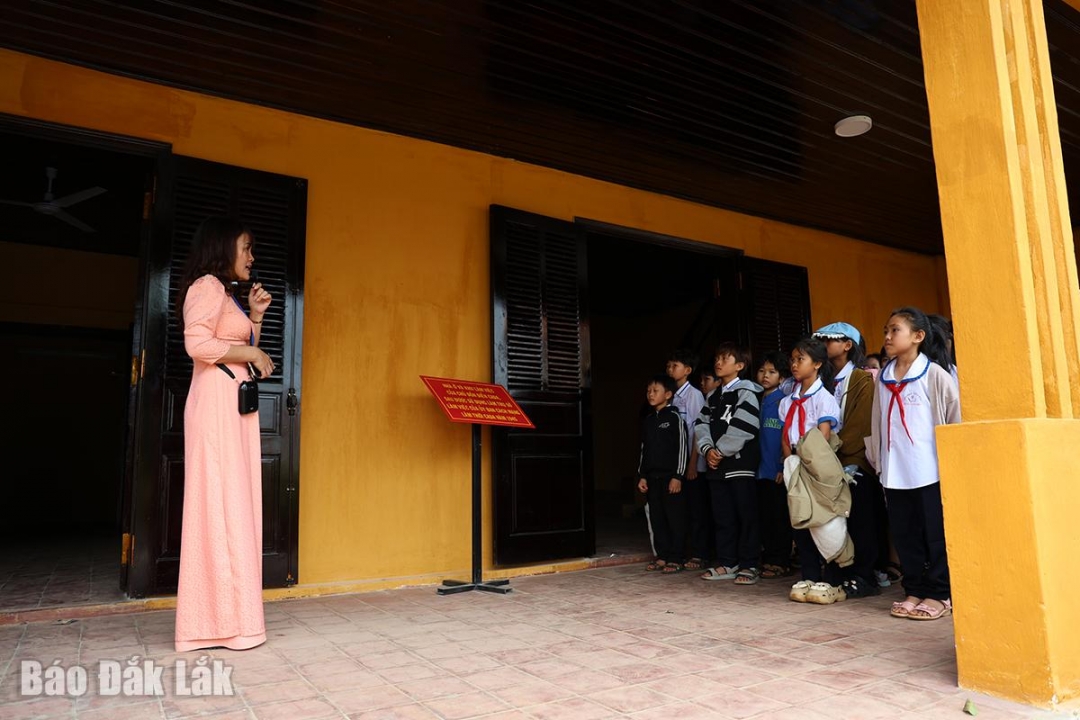
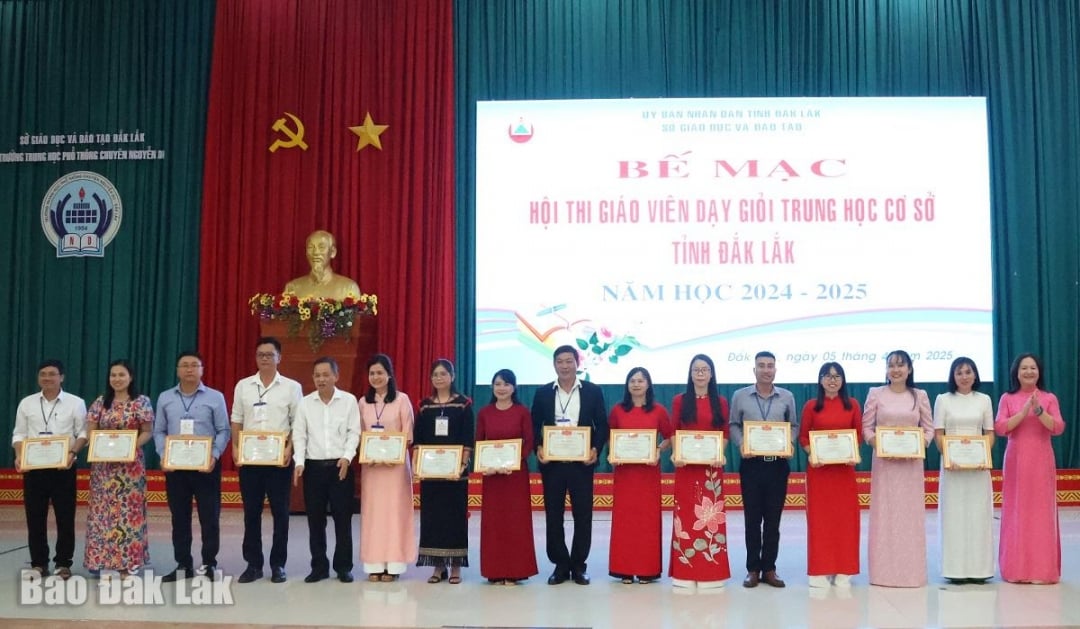
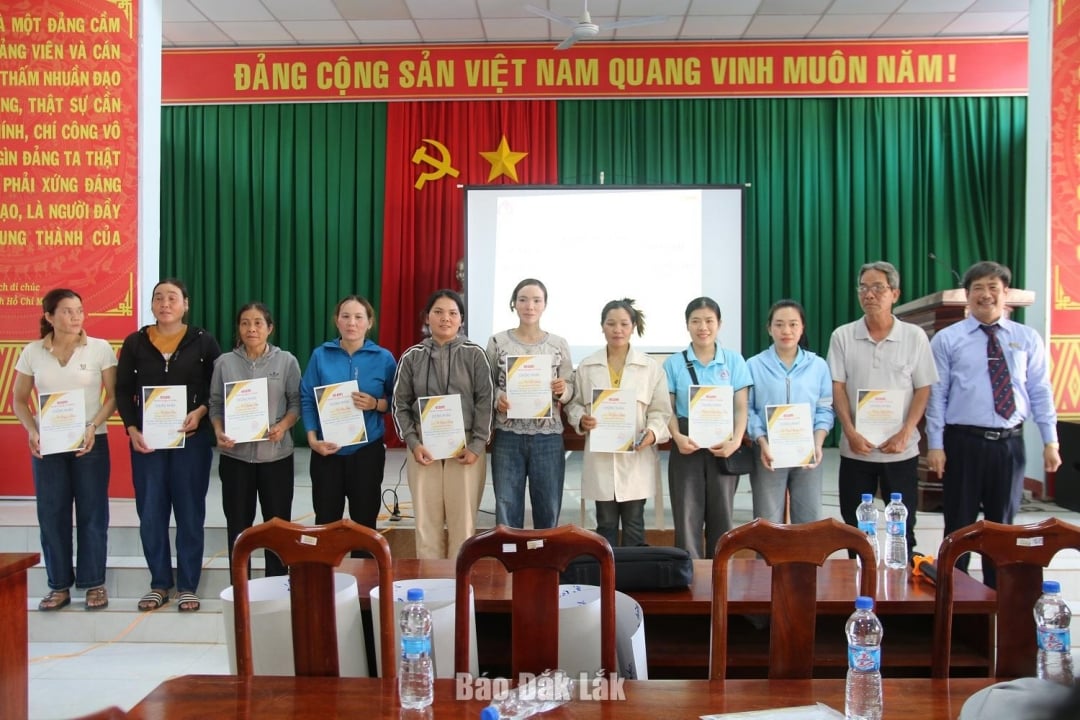
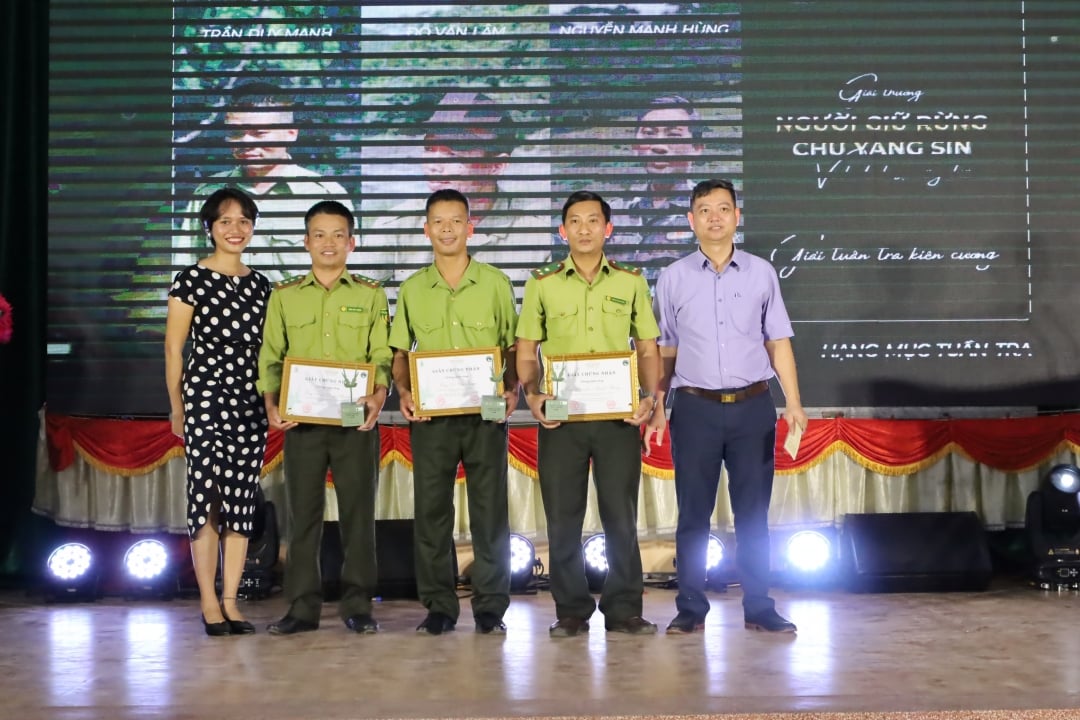















































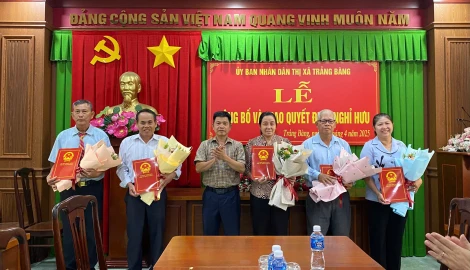


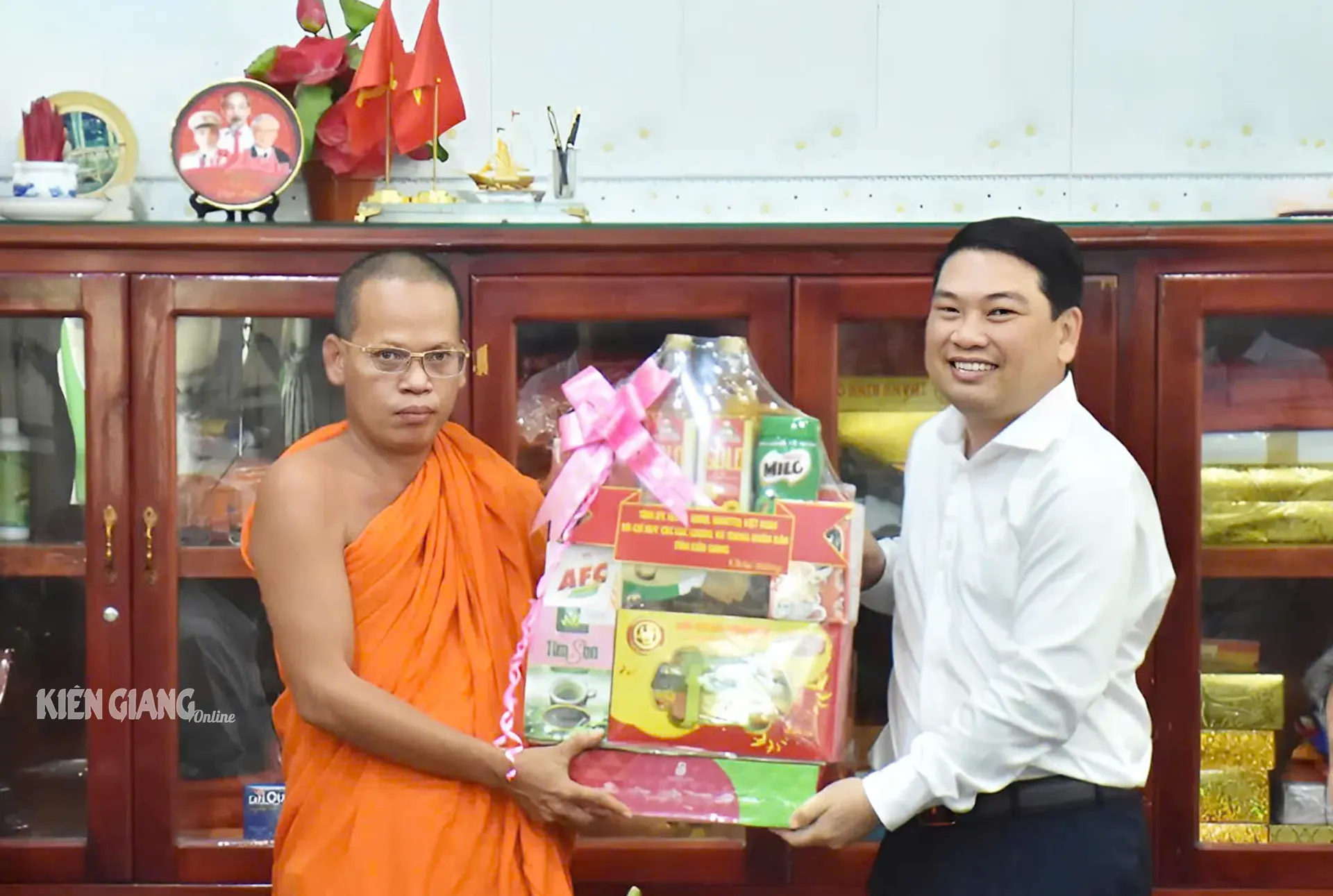

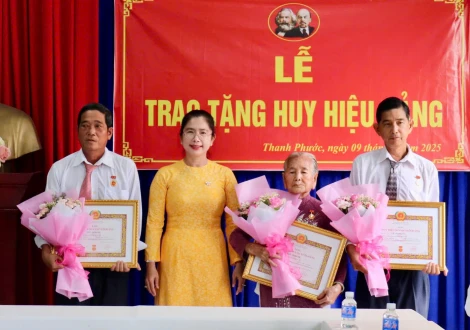










Comment (0)